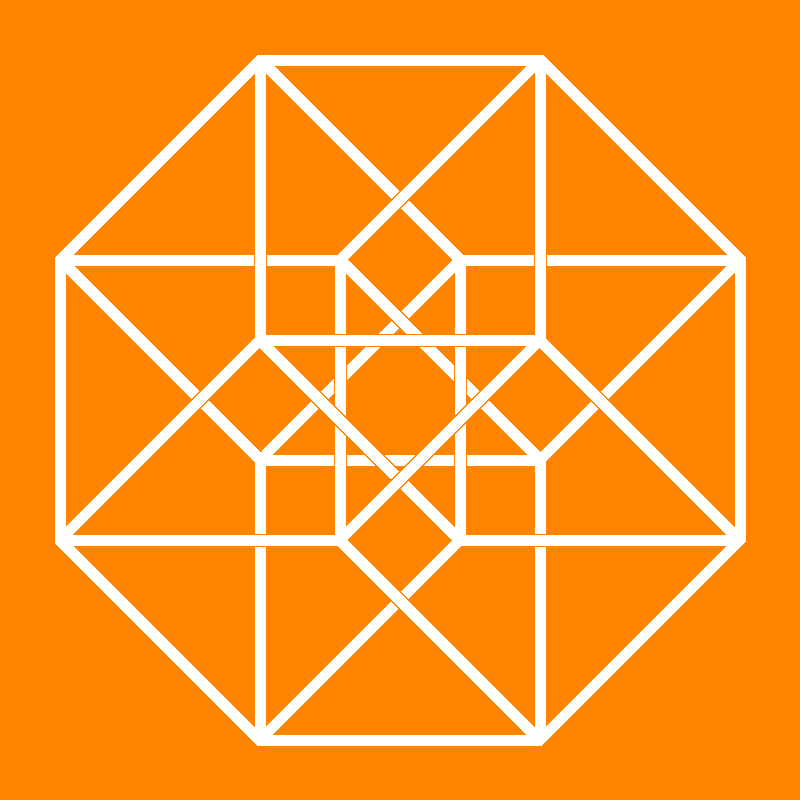
Journal for Geometry and Graphics 16 (2012), No. 1, 059--067
Copyright Heldermann Verlag 2012
Shapes and Deformations of Polyhedral Rings Formed by Corpuscle Elements
Eva Wohlleben
Muthesius-Kunsthochschule, Kiel, Germany
eva_wohlleben@yahoo.de
Wolfram Liebermeister
Institut für Biochemie, Charité - Universitätsmedizin, Seestr. 73, 13347 Berlin, Germany
wolfram.liebermeister@charite.de
A variety of three-dimensional geometric structures can be formed by regular triangles that are flexibly connected along their edges. Polyhedra, chains, closed rings, and spatial networks can be built by interlinking building blocks called "corpuscles", each composed of a small number of triangles. Due to the flexible edges, some of the resulting structures may show collective movements. Open-ended corpuscle chains are fully flexible, while most closed structures can only move if the triangle edge lengths can be slightly deformed. Paper models indicate that closed, ring-like chains are most flexible if the number of elements in the ring is a multiple of three. To study this flexibility in detail, we simulate various corpuscle structures with edges modelled as elastic springs. First, the structures are relaxed towards conformations of minimal edge tension; then, elastic deformations are studied by inspecting the normal modes of the stress matrix. The simulations confirm that most of the corpuscle rings can only be closed if some tension is applied. When the tension is high, some corpuscle elements are spontaneously punched in and the structure loses its symmetry.
Keywords: Corpuscle, flexible polyhedron, symmetry breaking, elastic deformation.
MSC: 51P05; 74B05
[ Fulltext-pdf (11660 KB)] for subscribers only.